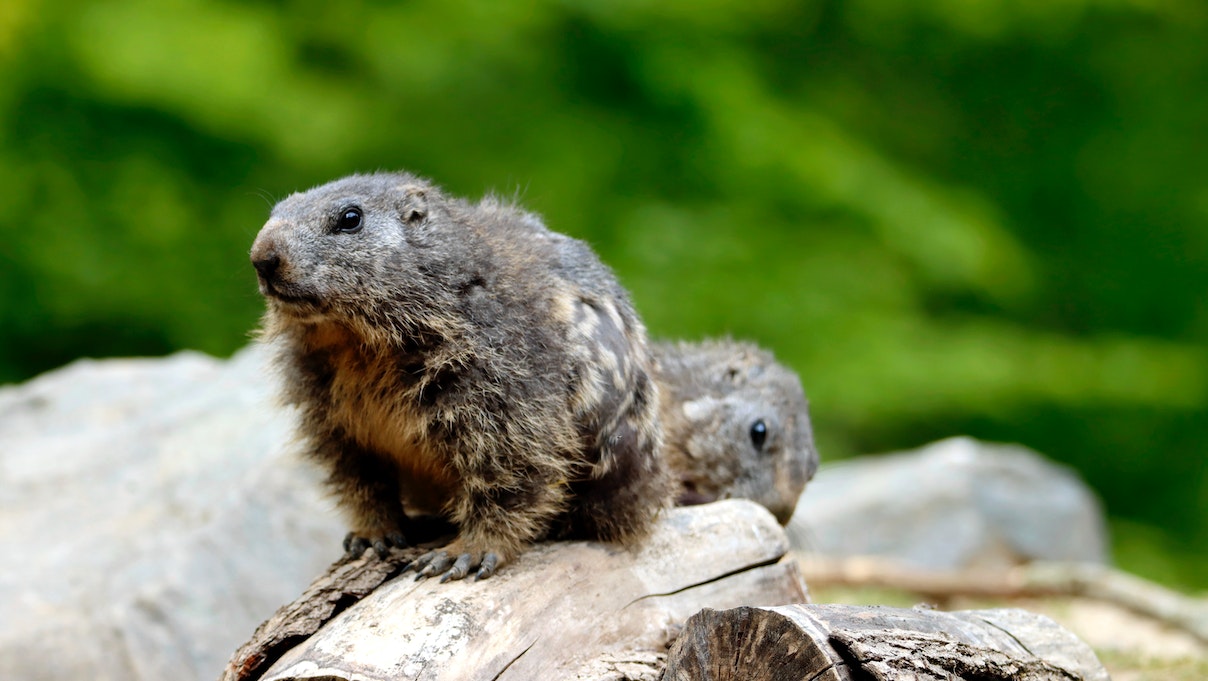How To Detect Groundhogs
Use these four steps to locate groundhogs:
Step 1: Search for their burrows
Look for burrows because groundhogs live in enormous underground tunnels. Search for dirt mounds next to woodland areas, meadows, or fencerows. Burrows can frequently be seen near the base of plants or trees.
Step 2: Look for trails
Groundhogs utilize established pathways to get from their burrows to where they forage, so keep an eye out for them. Look for dirt pathways that have been used to travel to and from probable burrows.
Step 3: Check for droppings
Groundhog droppings are little, 1/2-inch-long cylindrical pellets. The color of fresh droppings ranges from dark brown to black. Look for droppings close to pathways, eating locations, and burrows.
Step 4: Create traps
To catch groundhogs, use cage or choker loop traps. Place bait like vegetables, fruit, or peanut butter close to potential burrows to entice the animals. Regularly check traps for any catches.
Step 5: Make use of predator calls
Predator sounds should be used since groundhogs freeze when they hear them. To find out whether there are any groundhogs around, play recordings of fox, coyote, or owl cries. They are present, as evidenced by their lack of movement.

Step 6: Keep an eye out for signs of feeding.
Groundhogs eat plants, insects, and grubs, so keep an eye out for eating indications. Look for spots where plants have been pulled out by the roots, their roots chewed, or their insect shells nibbled. Groundhog activity is indicated by feeding locations near burrows.
Step 7: Check the nesting structure
Vetting nesting structures Female groundhogs give birth in the first few weeks of the summer after mating from April to June. A pregnant female or her young may be present if you see expanded tunnel entrances, droppings outside of burrows, or sounds.
How to get rid of this kind of animal
Fencing:
Construct a strong fence around your garden or property to keep groundhogs out. Make sure the fence is at least 3 feet high and extends 1 foot underground to prevent digging. To discourage climbing, an electric wire can be added to the top.
Trapping:
You can catch groundhogs by using live traps and relocating them elsewhere. Set up the trap near the burrow entrance or on the groundhog’s route and bait it with fruits, vegetables, or peanut butter. Check the trap daily and release the groundhog in a wooded area away from your property.
Fumigation:
Fumigation is a dangerous technique that should only be performed by experts. It involves filling groundhog burrows with gas to suffocate them. Specialized equipment is required for this method.
Conclusion
It is important to remember that groundhogs play a significant role in managing insect populations and are an important part of the ecosystem. Therefore, it is recommended to coexist with them by implementing measures such as building fences around gardens, modifying the landscape, and making changes to their habitat.




